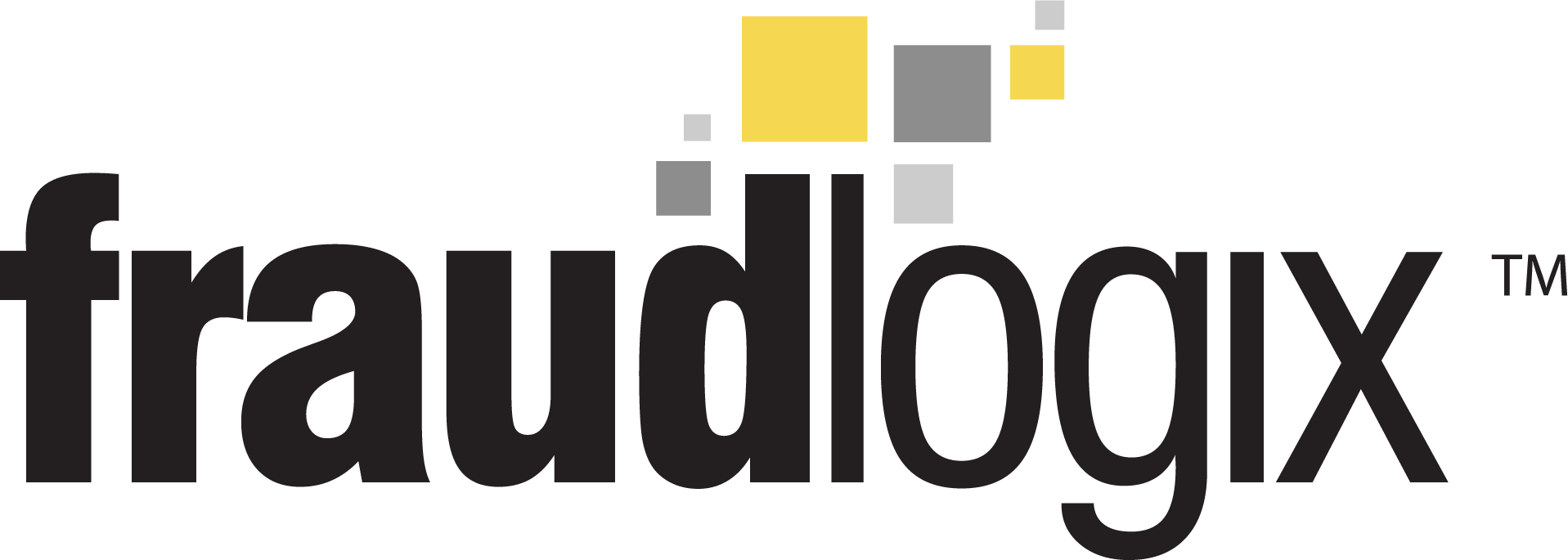 Are there bots on your website? How can you tell? For many website owners, their website is one of their most important investments and the very thing that keeps their business or brand running. But with too many bad bots on a site, a website can’t work as it should. Learn more about how you can tell if your website has a bot infestation and what you can do to fix it and prevent it from happening again.
Are there bots on your website? How can you tell? For many website owners, their website is one of their most important investments and the very thing that keeps their business or brand running. But with too many bad bots on a site, a website can’t work as it should. Learn more about how you can tell if your website has a bot infestation and what you can do to fix it and prevent it from happening again.
Good Bots vs. Bad Bots
If you own or manage a website, bots can sound scary. And they can be. After all, your website is for interaction with customers and future customers. So why would bots be on your site?
There’s more than one type of bot. Sometimes, bots are supposed to be on your site or visit temporarily as part of Google’s process and perform normal SEO functions. But there are differences between good bots and bad bots. Good bots can help keep your website visible or keep things running smoothly.
Then there are bad bots. These aren’t merely the type that occasionally pops onto your website or the ones that you can deactivate. These bots are fraudulent and may be harmful to the performance of your site and the security of your customers.
Detecting Bad Bot Traffic
How can you know if you have an influx of bad bot traffic on your website? There may be some clues, like a site that isn’t running normally or advertising efforts that have resulted in more page views but no increase in visitor action. You can detect harmful bot traffic on your website by looking for signs of bot activity. Using Google Analytics or another tool used to analyze website traffic, check for trends such as:
- A boost in traffic at odd hours: Sure, the online world runs 24/7, and visitors may come to your site at any time of day or night. But many visitors in the less-active hours, like in the middle of the night, may indicate these late-night views are, in fact, bots.
- A sudden increase in page views: Using marketing to generate traffic often aims to increase views and conversions gradually. A drastic rise in page views – primarily if that doesn’t correspond to any quality increase in site conversion (sales, leads, valid email sign-ups, downloads), could be a clue that much of that new traffic is fraudulent bots.
- Session duration times are very brief: The typical site visitor spends at least a few seconds on a page, often longer. Site visitor habits may include looking through a homepage, looking up products or bios, reading reviews or blog entries, watching videos, checking out products, and pricing – all of which take more than a few seconds. Bot visitors, however, will often only stage on a page for a fraction of a second. These bots rack up views but no significant amount of time spent on the site, and again, no real desired action takes place on the website.
What To Do About Bad Bot Traffic
Harmful bot activity can leave a site needing more work and attention than it should. An inundated website with bots may slow down or malfunction, making it harder for actual visitors to use the site as intended. Getting to the root of the bot problem as soon as possible is the best course of action.
Checking for signs of bad bot traffic is a good start. Finding an excellent anti-fraud solution is another good option. The bot-stopping solutions from Fraudlogix can prevent bots from taking over your website. Do you have questions about our products or want to know more about keeping bots away from your website? Contact us today to get started.



